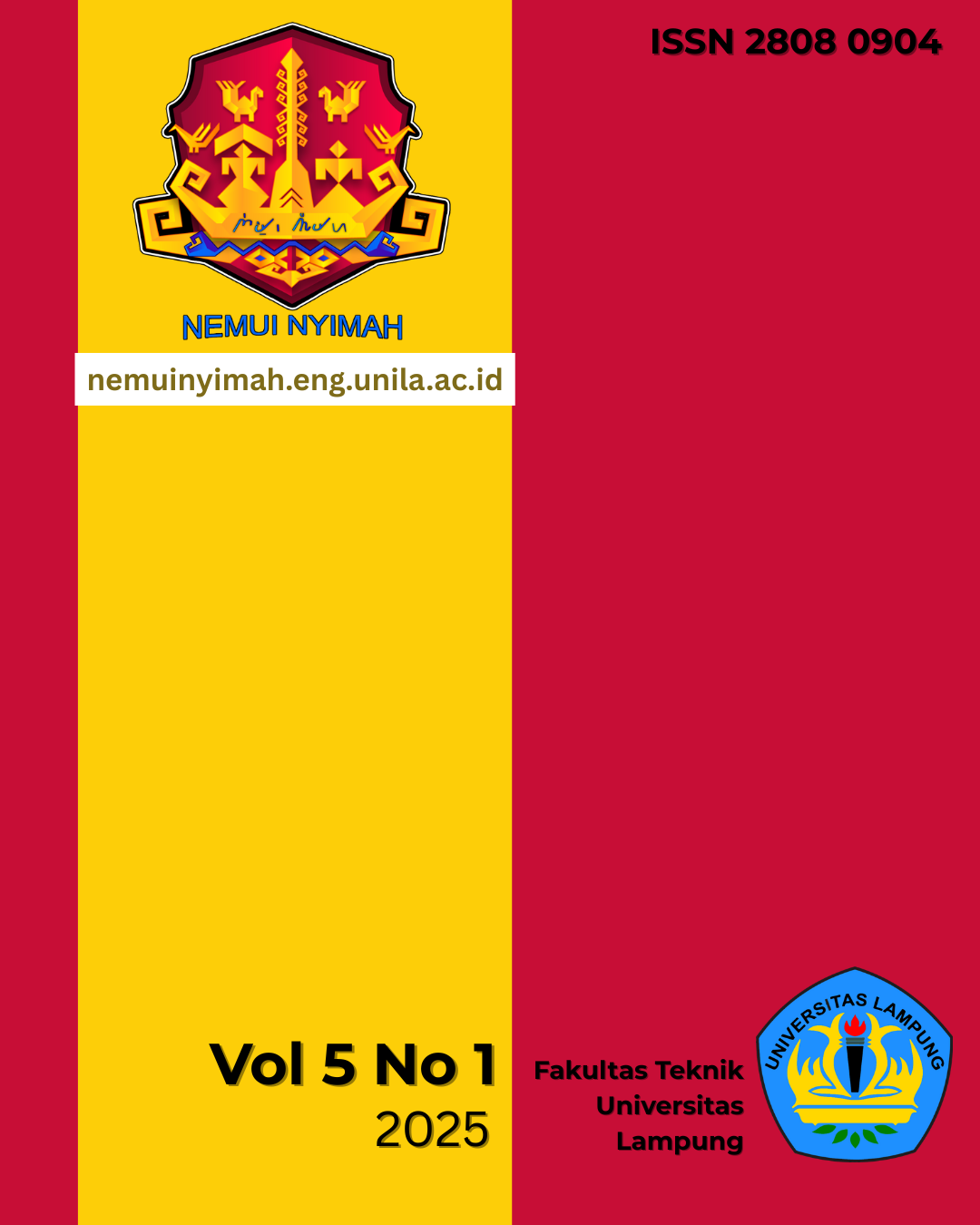Bantuan Teknis Desain Asrama Siswa Sekolah Alam Lampung Way Hui, Lampung Selatan
Keywords:
Shared room, shared space, communal room, dormitoryAbstract
Senior High School is the final stage of formal education. In accordance with the vision and mission of Sekolah Alam Lampung, the learning process in this phase is also formed to prioritize the independent character of students. Independent character is not only carried out through learning activities at school but also in the environment where students live. The process of preparing students to be more independent in everyday life requires facilities in the
form of dormitories that can support the process of non-formal education activities outside of study time. In addition to being a place to live while studying, dormitories can certainly accommodate non-formal learning activities along with an environment that can form independent characters in students. The planning of the dormitory with the provision of a suites system in 1 room (4 people with 2 bunk beds) and shared space for support in one building aims to bridge the process of interaction in community life for students. The male and female
zones are in 1 building but there is a separation of zone access and activity circulation. The communal space in the form of a hall as an additional facility, remains under the management's supervision system and is bound by regulations. Shared space as a public facility, integrated into the residential zone aims to form the independence of residents. The community service activities will focus on architectural design starting with a location survey by summarizing the needs, desires, vision and mission of the Sekolah Alam Lampung foundation so that the pre
design process can be carried out. Schematic design drawings will be used as discussion material with the foundation. In the final stage, drawings and design documents approved by the owner will be issued containing conceptual (3-dimensional) illustrations.
Downloads
References
Ching, Francis DK. (2000), Arsitektur Bentuk, Ruang dan Tatanan/Edisi Kedua, Erlangga, Jakarta.
Cyrill M Harris, (1975). Dictionary of Architecture and Construction, Mc Graw Hill Book Comp.
Company, H. M. (2000). The American Heritage, Dictionary of the English Language.
De Chiara, Joseph (Ed.). 1984. Time-Saver Standards for Residential Development. New York: McGraw Hill Book Company
De Chiara, Joseph and Michael J. Crosbie. 2001. Time-Saver Standards for Building Types (Fourth Edition). Singapore: Mc Graw Hill Book Companies Inc.
Kumalasari. (1989). Dilema Asrama Dalam Membentuk Pengelolaan. Jakarta.
Lieberman, P. M. (1976). Personal Remembrance. SB 1976 , 8.Neuferst, Ernst., Data Arsitek, Jakarta: Erlangga, 1996.
Neufert, Ernst. Architects’ Data 2nd Edition. London: Granada.
Downloads
Published
How to Cite
Issue
Section
License
Copyright (c) 2025 Nemui Nyimah

This work is licensed under a Creative Commons Attribution-NonCommercial 4.0 International License.



